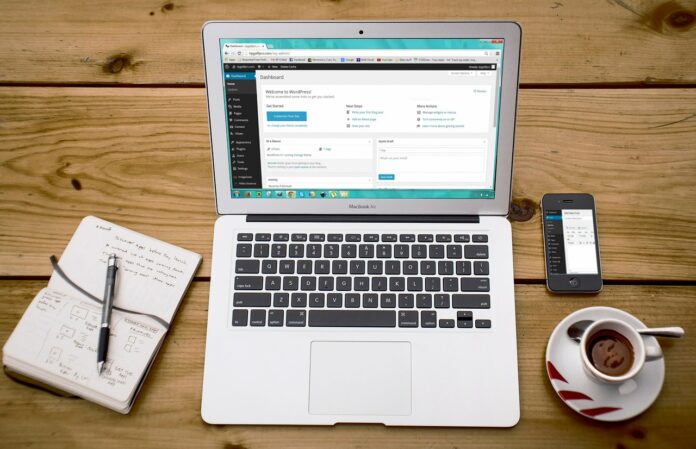In our contemporary world, the growth of a business is directly linked to its goodwill & reach in the market. The wider the reach, the higher the turnover of the company. The best possible way to reach a wider area of potential consumers is to build an online presence using a website.
WordPress is the most versatile, free-to-use open-source CMS that allows easy customization of a website and added plugin options for the smooth functioning of the website. Now, how to create a website using WordPress? Let’s break down the process into a few simple steps.
- Choose a Web hosting company: The choice of a WordPress hosting company is the foundational step in creating your website. In simple words, a web hosting company rents out the space of its web server for your website. It can then be accessed by anyone interested.
- Buy a hosting plan: The next step in website creation is choosing a hosting plan. The type of plan you decide to buy influences the type of tools & services you will get for your website.
- Choose a Domain name: A domain name is the identity of your website. It can be seen as the prefix of the ‘.com’ in any website. Generally, the domain name should explain the purpose of the website, its motive, or attract the clients to your website. Some key points to consider when creating a domain name are:
● The domain name should be unique and link up to the site’s content or motive.
● The domain name should be short and user-friendly.
● It should not contain any special characters as it makes it harder to find the website.
● It should be memorable.
- Install WordPress: Most WordPress hosting providers offer a 1-click WordPress installation or will otherwise provide instructions for installing WordPress. Be sure to follow the instructions of your host to ensure that WordPress is installed correctly.
- Select a Theme for your site: WordPress offers interchangeable designs that they call “themes.” Using themes, you can quickly change the way your site looks with just one click. To begin with, you’ll want to peruse the available themes in the WordPress directory. You’ll find a wide selection of premium and free themes to use for your site in this directory.
- Customize your theme: You will need to make a few adjustments to your theme to fit your site’s needs. To start with, go to Appearance > Customize to access the main Customizer interface. From there, you will find a number of options to make your site your own.
- Install Plugins: To add functionality to your WordPress, you’ll need to install Plugins. For instance, WordPress offers Plugins for SEO, analytics, security, image optimization, and lead collection forms, to name a few.
- Create some pages: To create a page in WordPress, you’ll need to navigate to Pages > Add New in your dashboard. You will then be brought to a screen to fill in the information you want to appear on your page. You may want to consider adding some pages, including an About page, a Contact page, and a Privacy Policy page.
- Add Site Navigation: All websites need menus so that visitors can navigate your site easily. To add a menu to your site, go to Appearance > Menus in your WordPress dashboard. This will bring you to a default panel where you can select all the pages where you want a menu to appear. This page will also let you build your menu structure out of all the pages you’ve already created.
- Add Widgets: Widgets are small blocks of content that you can display in a variety of places on your website. However, in general, these blocks are placed in the sidebar or footer of the site. To set your widgets, go to Appearance > Widgets in the WordPress dashboard.
Conclusion
And there you have it! Follow the above ten steps, and you will have built a website with WordPress. Plus, you can do all of this yourself without having to hire anyone.







![SIMS 4 Download Free For PC Full Version 2019 [UPDATED] SIMS 4 Download](https://www.geniustechie.com/wp-content/uploads/2019/03/SIMS-4-Download-100x70.jpg)

